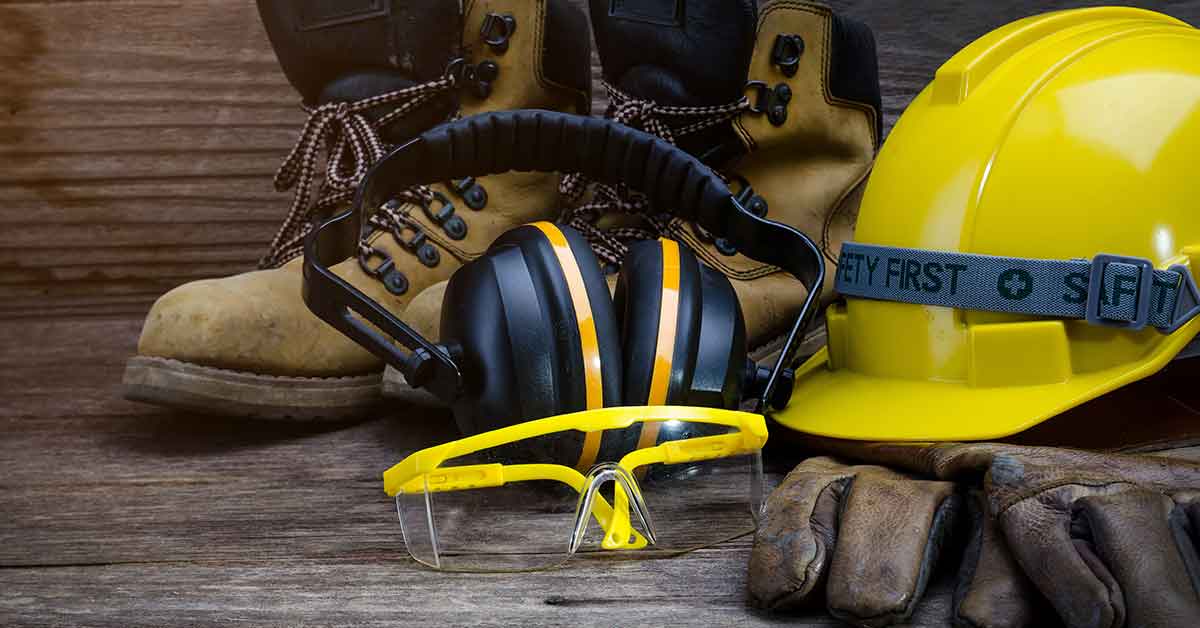Construction work continues to rank among the most dangerous industries, but organizations can enhance their health and safety response by benchmarking their own incident, health and safety data against competitors.
Keep your friends close and your competitors closer — at least when it comes to data. Construction work continues to rank among the most dangerous industries, but organizations can enhance their health and safety response by benchmarking their own incident, health and safety data against competitors.
Too many construction companies struggle with safety-related issues in the workplace, and if these organizations do not invest in maturing their safety culture, they can face financial, legal and reputational consequences. One of the most effective ways to improve on-site safety lies in internal and competitive benchmarking. However, to make benchmarking a reality, it’s critical for organizations to capture and analyze high-quality, relevant data.
ADVERTISING
Why Is It So Difficult To Move The Needle On Workplace Safety In The Construction Industry?
Every construction project generates massive amounts of data from contractors, sub-contractors, suppliers and other stakeholders. However, many organizations don’t have the digital tools to systematically collect, process and analyze this data, so they rely on manual, error-prone processes. As a result, they deal with duplicated data, input errors and siloed information.
This level of insufficiency also hampers decision-making. In fact, one in three ineffective decisions are made as a result of faulty data. In addition to its impact on decision-making, incomplete data incurs a real-dollar cost on organizations — in 2020, insufficient data cost the global construction industry $1.8 trillion.
Without adequate internal data and the ability to analyze it, organizations miss out on valuable insights and the opportunity to benchmark against competitor data. Even if contractors have access to quality internal data, this information alone doesn’t reveal the complete picture. For example, if a contractor has fewer incidents that occur in 2022 than in 2021, it doesn’t necessarily mean the organization is on par with the rest of the industry or that its worksite is safe.
This is why organizations must develop a process for data collection and analytics to perform internal and competitive benchmarking. Through effective benchmarking, construction companies can identify areas of opportunities and deepen their understanding of where and how to focus their efforts.
Four Steps to Implementing Competitive Benchmarking
A large number of construction incidents are preventable, which means improvements can be made. To make these improvements, you must have adequate data for competitive benchmarking. Effective benchmarking can help your organization identify industry trends, modify safety procedures and present new training opportunities. Consider these four steps to integrate benchmarking into your organization’s practices:
Equip worksites with the right technology. In today’s construction environment, your technological capabilities must be able to track incidents across multiple employers and locations. Given the amount of data generated on construction sites, manual and paper-based processes are no longer a viable option for data collection. Technology that captures real-time incident and performance data is needed. Consider investing in technologies with interactive analytics capabilities to unlock useful insights for your organization. With the right technologies, you can process and analyze massive amounts of data in real time to make well-informed decisions.
Evaluate your current safety performance. It’s important to identify your fundamental objectives before you begin internal benchmarking as your purpose determines the specifics of your data collection. Then, you can gather and analyze your current data from worksite incidents, health and safety measures and set specific and measurable benchmarks based on your year-over-year safety performance.
Once these internal benchmarks are in place, it allows for a more nuanced analysis of incidents. It may be that your overall incident rate falls below benchmarks, but with a more granular look at the data, you discover a specific process or role is attributing to an increased severity of incidents. What could have previously been overlooked is now front and center, allowing you to improve processes, tools or conditions in that specific area.
Compare internal findings with external data. Public-facing data reports or third-party data studies from contractor management platforms can help illuminate the scale of industry incidents and gain insight on how peer organizations mitigate them. Throughout your assessment, identify where your internal benchmarks meet or exceed industry standards based on your analysis.
For example, you may analyze your internal data and find that the number of chemical burns in a year decreased from the previous year. However, after reviewing industry data, you realize your results are below peer averages. With further evaluation, you can identify which activities and roles are more susceptible to chemical burns.
Use data and analytics to inform worksite safety initiatives. You have the insights, now it’s time to use them. Throughout the benchmarking process, you can pinpoint areas in operations that are lagging health and safety standards. With access to thorough, real-time data, analytics and benchmarking information, you can design health and safety strategies to improve your organization’s safety culture and ultimately drive down incidents.
These insights single out areas to increase efficiency and fill performance gaps. For instance, let’s revisit the previous example. In response to the high number of chemical burns, you could develop more thorough training modules on chemical safety or the importance of wearing personal protective equipment (PPE), or you might invest in higher-quality equipment for workers and advise worksite managers to check that workers are wearing PPE throughout the day. With high-quality data and analytics, you can make more informed decisions for the safety of your workforce.
SOURCE: https://www.forconstructionpros.com/business/construction-safety/article/22484322/isn-how-data-and-analytics-can-keep-workers-safe




